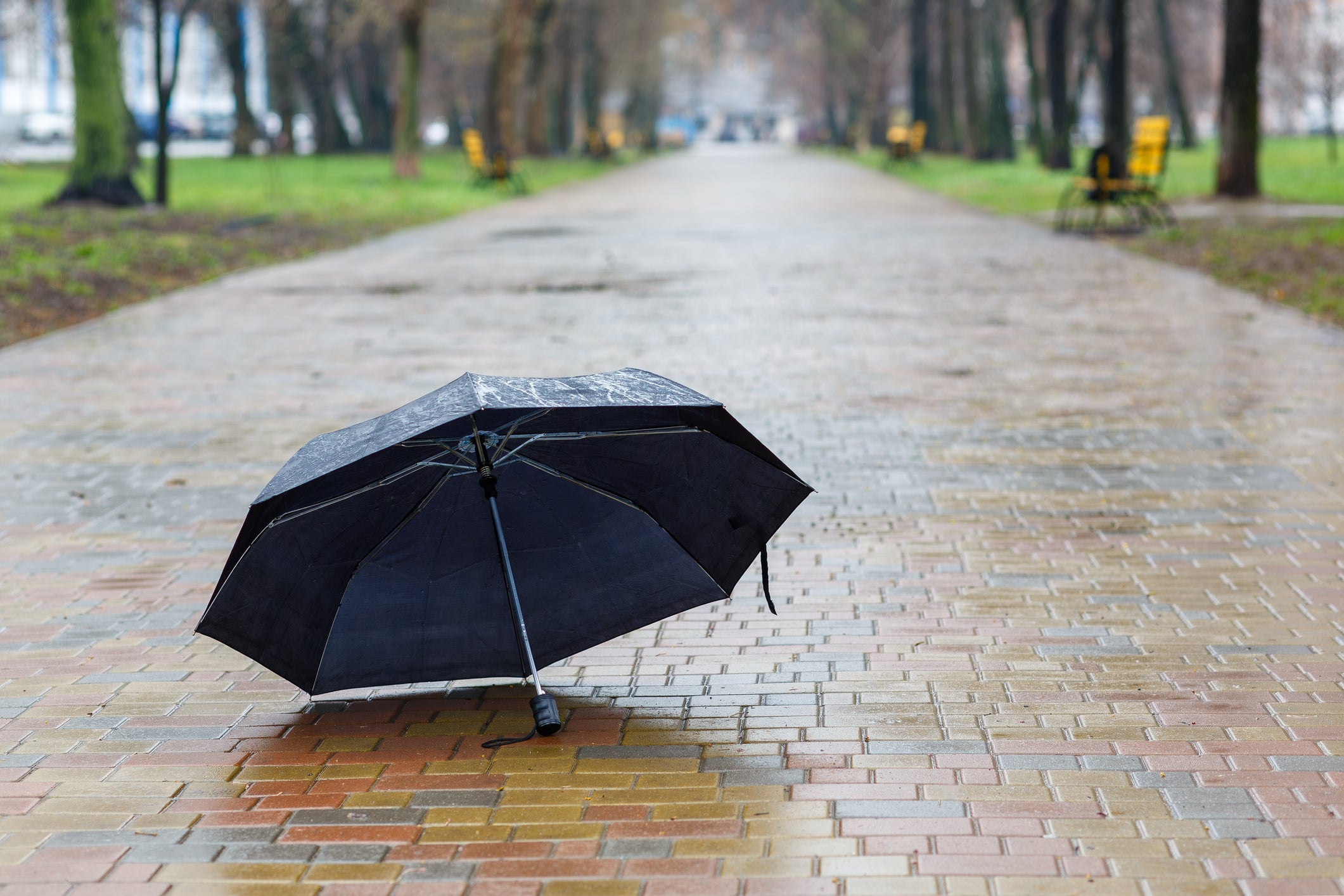Quick Summary: When Tropical Storm Mario’s remnants swept across the Southwest in mid-September 2025, flash floods and mudslides caught communities off-guard. Roads were closed, emergency crews worked around the clock, and cleanup teams faced hazardous conditions. This post explains how flooding in arid regions creates unique safety challenges—and which PPE keeps responders and workers protected when the ground turns to mud and debris.
When the Desert Floods: Tropical Storm Mario’s Impact
Although Mario weakened before reaching California, its moisture brought record rainfall to San Bernardino County, Palm Springs, and parts of Nevada. Burn scar zones from earlier wildfires became unstable, producing mudslides, rock falls, and contaminated runoff. The combination of saturated soil and heavy debris transformed dry canyons into fast-moving flood channels within minutes.
These conditions were a reminder that flash flooding isn’t only a coastal threat. In the Southwest, the risk is magnified because soil can’t absorb sudden downpours, leaving workers and residents exposed to debris flows, power outages, and erosion hazards.
Understanding the Hazards
Cleanup and rescue operations after flooding or mudslides expose crews to multiple risks:
- Hidden debris such as nails, glass, and metal fragments.
- Contaminated floodwater carrying fuel, oil, and bacteria.
- Electrical hazards from submerged power lines.
- Dust, mold, and chemical residues once water recedes.
Each of these hazards requires the right PPE—not just for compliance, but for survival.
Essential PPE for Flood and Mudslide Response
1. Hand Protection
- Chemical-Resistant Gloves – Protect hands from fuel, sewage, and cleaning agents in contaminated water.
- Cut-Resistant Gloves – Prevent lacerations from metal scraps, glass, and jagged debris.
2. Foot Protection
- Waterproof Safety Boots – Keep feet dry while offering slip resistance and puncture protection.
- Rubber Overshoes or Rain Gear – Adds an extra waterproof layer for prolonged exposure.
3. Eye and Face Protection
- Sealed Safety Goggles – Shields eyes from muddy splash, wind-blown dust, or pathogens in floodwater.
- Face Shields – Adds frontal protection when using power washers or clearing debris under pressure.
4. Respiratory Protection
- N95 or P100 Respirators – Prevent inhalation of mold, dust, or airborne microorganisms during cleanup.
- Reusable Half-Mask Respirators – Suitable for extended use in areas with chemical vapors or heavy particulates.
5. High-Visibility and Protective Clothing
- High-Visibility Rain Jackets – Keeps responders visible amid heavy rain, fog, or low light.
- Disposable Coveralls – Prevents contact with contaminated water and mud during recovery.
Workplace Responsibilities and OSHA Guidance
Under OSHA 29 CFR 1910.132, employers must assess hazards and provide PPE suited to the risk. After storms like Mario, this means:
- Inspecting PPE for cracks, leaks, or contamination before reuse.
- Training employees in donning, doffing, and decontaminating flood PPE.
- Maintaining waterproof storage for gloves, boots, and respirators.
- Documenting all PPE issuance and replacements as part of emergency readiness.
Decontamination After Flood Exposure
- Rinse all equipment with clean water to remove mud and debris.
- Disinfect reusable gear using diluted bleach or EPA-approved disinfectant.
- Air-dry PPE in a shaded, ventilated area away from direct heat.
- Dispose of any single-use PPE that shows damage or odor after exposure.
Training Saves Time and Lives
Crews responding to Mario’s flooding noted that many accidents occurred during cleanup—slips, eye injuries, and exposure to contaminants. Regular safety training before storm season ensures that workers know how to use PPE effectively, move safely on unstable terrain, and recognize electrical and chemical hazards early.
Conclusion
Flooding in dry regions like Southern California may seem rare, but Tropical Storm Mario showed how quickly conditions can turn dangerous. For public works, utilities, and construction teams, the right PPE is the first line of defense against contaminated water, debris, and unstable ground. Make sure your inventory is stocked and inspected before the next late-season storm arrives.
Explore eSafetySupplies.com for OSHA-compliant gloves, boots, respirators, and visibility gear to keep your crew safe during storm cleanup and disaster recovery.
People Also Ask
Why are mudslides dangerous after storms?
Mudslides can bury structures, block roads, and carry debris that causes severe injury. They often strike with little warning after heavy rain or flooding.
What PPE is best for flood and mud cleanup?
Use chemical-resistant gloves, waterproof boots, sealed goggles, and respirators. Add high-visibility rain gear and disposable coveralls for contaminated areas.
Can floodwater damage PPE?
Yes. Floodwater contains chemicals and bacteria that degrade rubber and fabric. Always inspect and disinfect PPE before reuse, or replace if compromised.
How should PPE be cleaned after flood exposure?
Rinse, disinfect, and air-dry reusable gear. Dispose of single-use PPE. Keep backup supplies sealed and stored in dry containers for the next emergency.
Where can I buy OSHA-compliant PPE for storm cleanup?
You can find ANSI- and OSHA-approved gloves, boots, goggles, and respirators for disaster recovery at eSafetySupplies.com.
About the Author
Mick Chan is a Safety Supplies industry professional with over 15 years of hands-on experience. He specializes in OSHA compliance, PPE regulations, and bulk safety product procurement for high-risk industries. Mick earned his Bachelor’s degree in Business Administration from Cal State LA in 2013 and has been advising companies across California ever since. Born and raised in the San Gabriel Valley, Mick understands the safety needs of businesses in diverse urban and industrial environments. His work focuses on bridging safety compliance with practical product solutions for the modern workplace.

